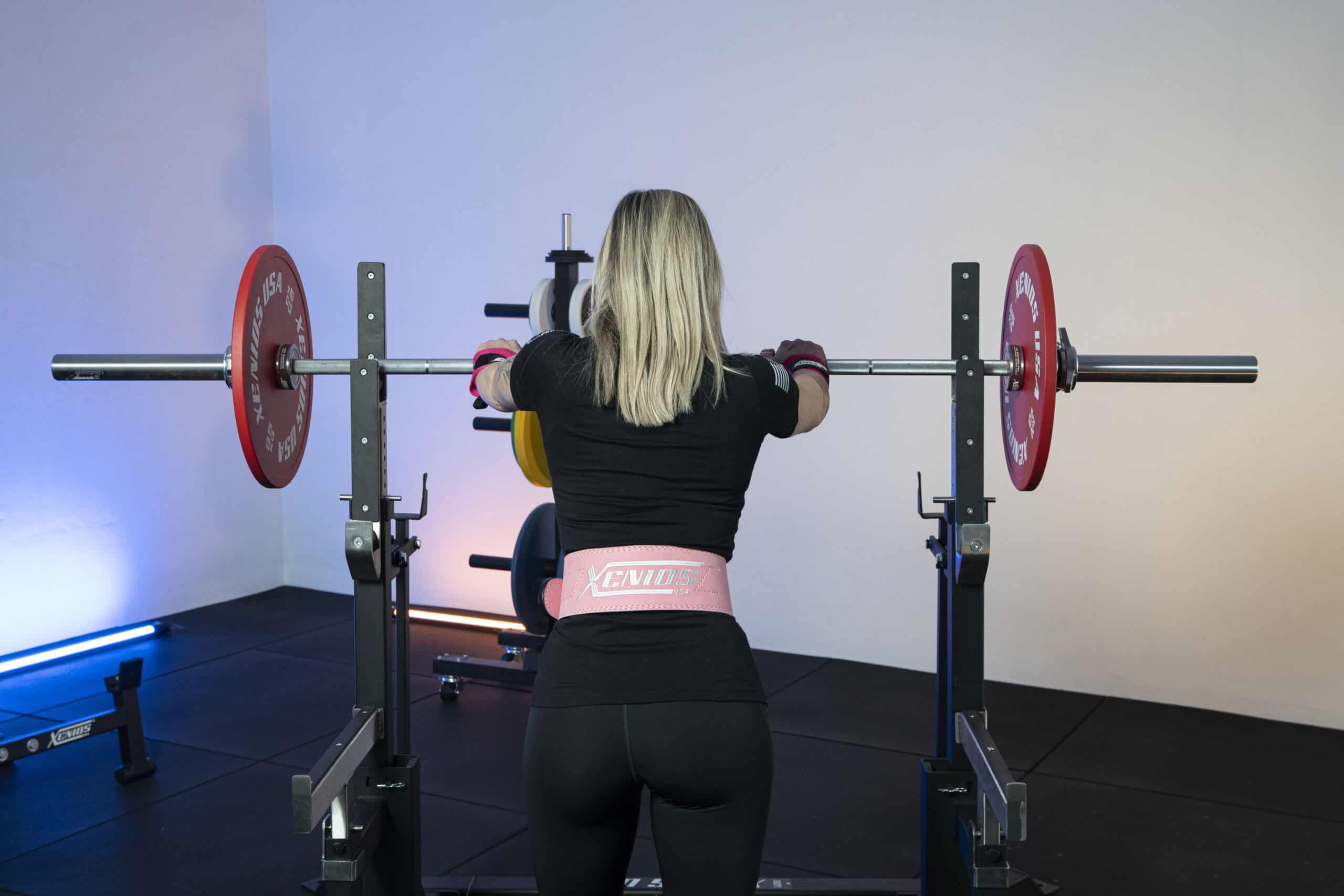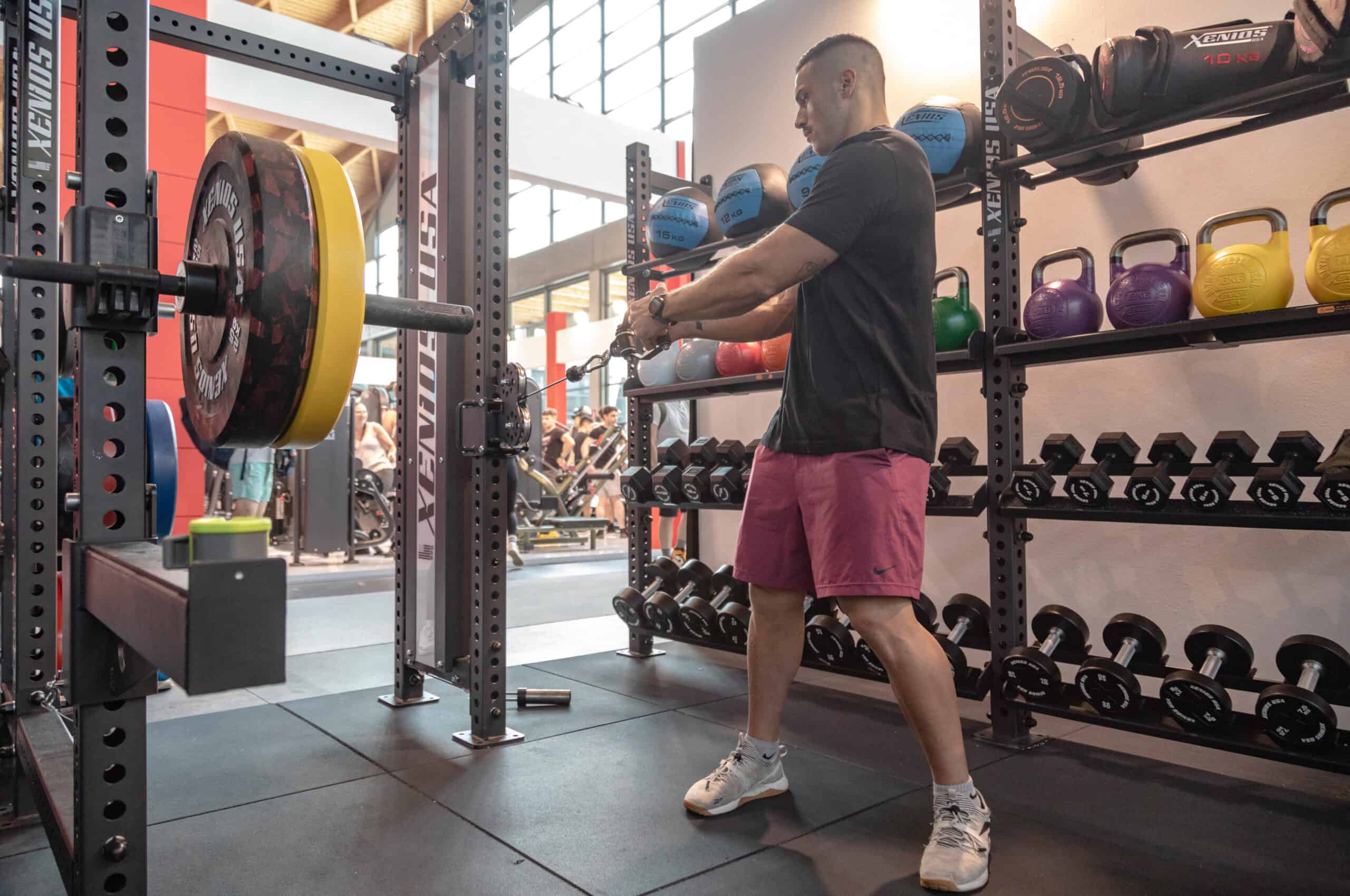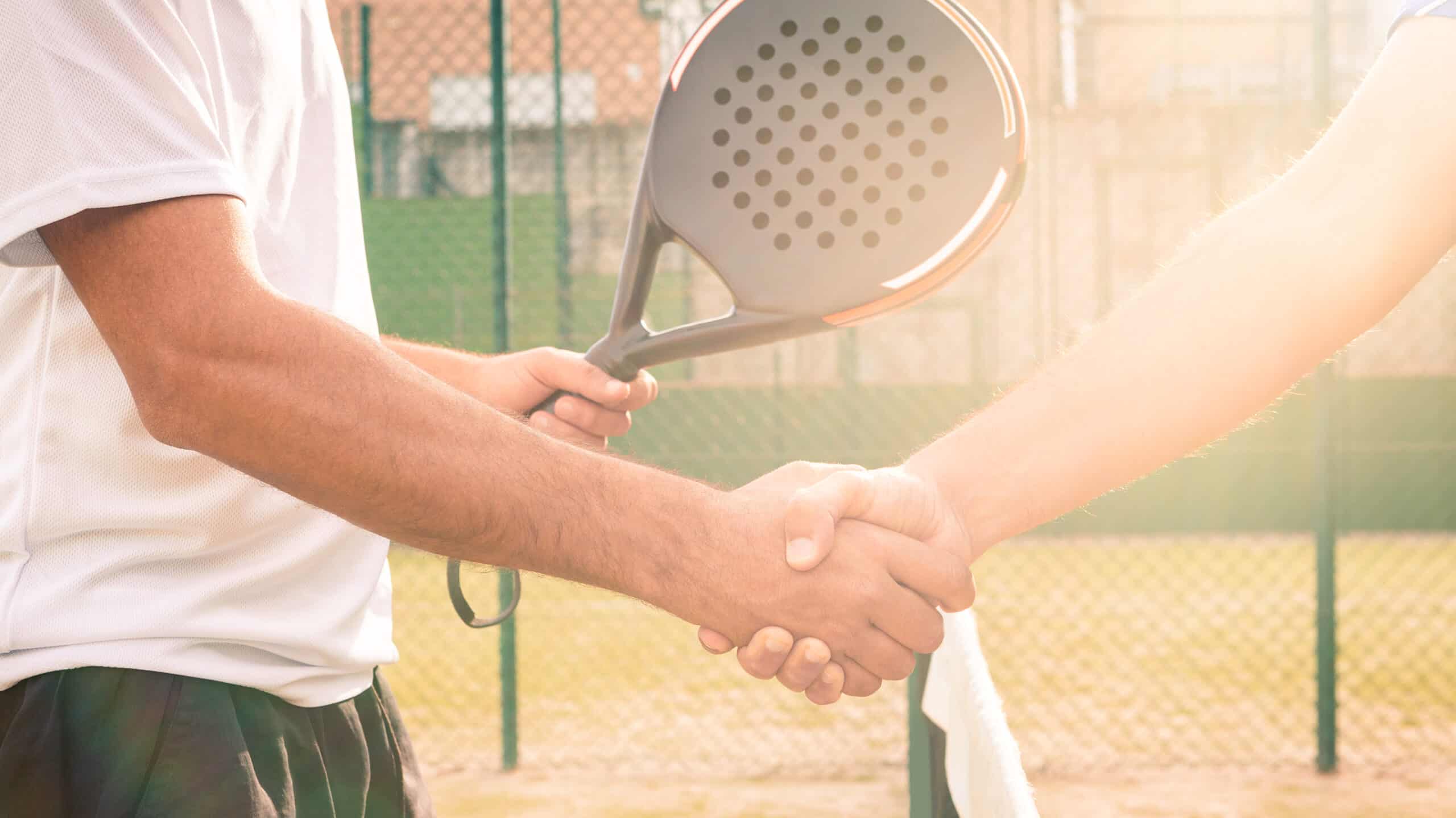One of the most well-known and widespread exercises in all fitness and Cross Training gyms is pull-ups. It is a pivotal exercise, both for home and gym workouts, which can be performed in many variations from the simplest to the most complex. It develops strength and elasticity, which is why it is used in many sports and is essential in the preparation of bodybuilders, those who practice calisthenics, functional fitness and in general for all those who want to become stronger and more muscular.
What are pull-ups ?
Pulling is a bodyweight exercise that consists of pulling (pulling) one’s body upwards, attached with the hands to the bar itself.
The most popular types of pull-ups are standard pull-ups (prone grip, with the thumbs facing inwards) and chin ups (supine or reverse grip, with the thumbs facing outwards). Pull-ups can also be performed with strength alone or with the use of the kipping movement, more typical of CrossTraining, i.e. with an oscillation that allows the use of the legs, pelvis and core. The pull, then, can have the objective of pruning the chin beyond the bar, or the chest to the bar (chest to bar pull ups).
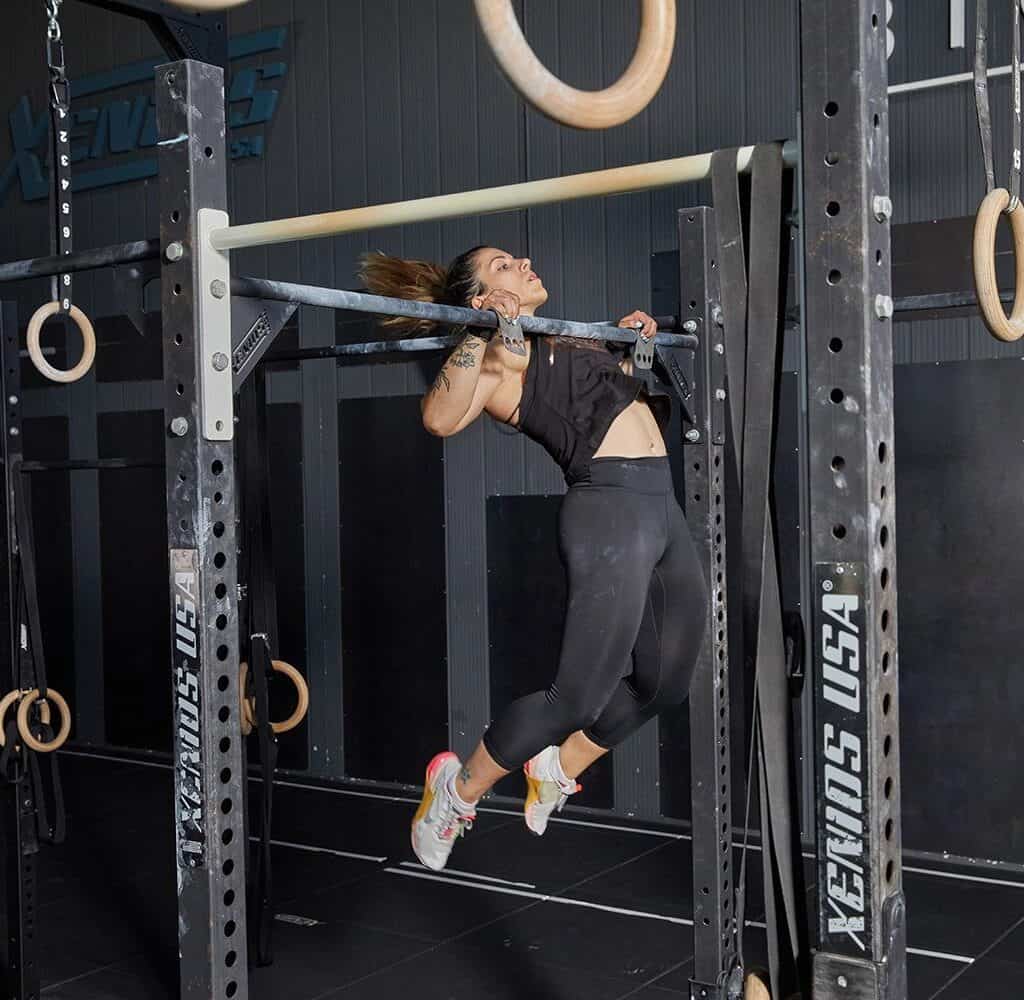
Given the complexity and the various possibilities of execution, traction is a movement that involves practically all the muscles of the upper body, latissimus dorsi, deltoid, biceps, triceps, subscapularis, infraspinatus, rhomboids, but also the abdominal wall (core), and a wide variety of primary and secondary stabilizing muscles. Variations in grip width, range of motion, and execution also vary focus and core muscles mainly involved.
Since it is a complex, suspended movement that requires strength and coordination, it often takes a lot of practice and good progressions before you can master one or more well-done pull-ups, and then move on to the chest or kipping variants.
How to get started with pull-ups
It would be advisable to start with pull-ups on the low bar or TRX, keeping your feet resting on the floor, to then move on to isometric seals to the bar, first in suspension and then with the chin over the bar, for a gradually increasing time, and as a last step negative pull-ups must be inserted (both with standard grip and chin up). Then you can move on to traction pull-ups on the bar with an elastic band (loop band), of decreasing intensity and then bodyweight.
Variations of bar exercises in fitness
In addition to the classic pull-ups, more complex movements such as muscle ups and toes to bars can also be performed at the pull up bar.
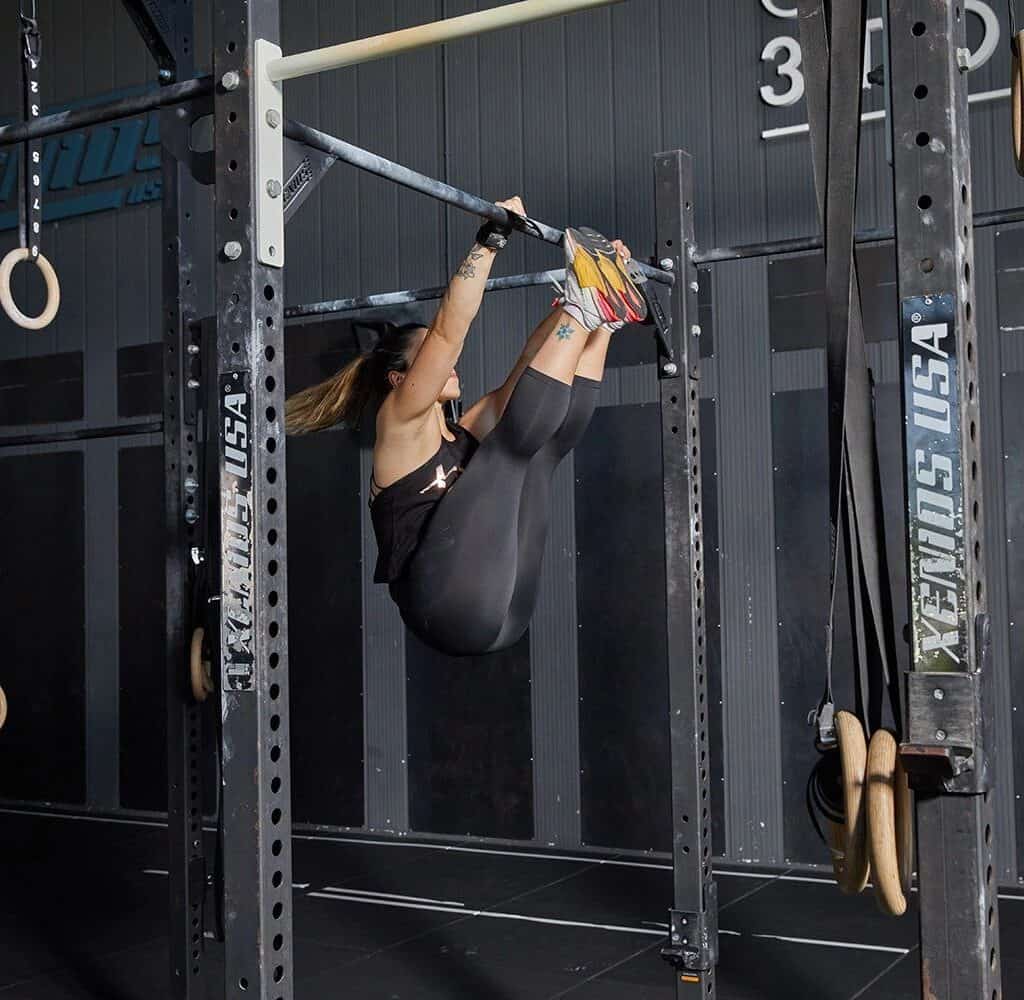
Muscle up
The muscle up is the combination of a pull and a dip at the bar, therefore an advanced movement that combines pulling and pushing. A natural evolution of pull ups and chest to bar, although it may seem like a movement of pure strength, it also requires good mobility and flexibility, knowledge of one’s body and core. As with pull-ups, it can be performed with strength alone or with momentum, using legs, knees and pelvis to facilitate the ascent. Unlike pull-ups, it cannot be performed with a reverse grip, as this would not allow you to rotate your hands by changing grip in the transition phase for a fast and effective dip.
Toes to bar
The toes to bar, on the other hand, is an exercise to train mainly the abdominals, the core being the engine of movement. In fact, although it seems that the legs move, it is the shoulders and abdominals that govern the mechanics.
In the toes to bar you start by hanging from the bar for pull-ups, and you bring your feet above your head, to touch the bar itself. As with all barre movements, they can be performed forcefully or with the aid of kipping.
In fitness and Cross Training, these movements are included in workouts, so once you have passed the initial learning phase of the movement, it is necessary to develop consistency and efficiency, in order to perform as many repetitions as possible in the unit of time and under effort.
Pull up bars: how and which one to choose
For all the movements and skills we have described, you need to have a pull-up bar available. Depending on the type of movement and work, the bar to be used must also have different characteristics.
If you train in the gym or in a box, no problem, you will certainly have a certain variety of bars available that can be used for your intent. Always to be evaluated are the height and distance from the ceiling, essential for muscle up bars, the solidity of the structure, if you make kipping movements, and the grip or hold of the bar. There are smoother and more slippery bars and others rougher, there is no better or worse version, but it’s all about finding the most comfortable one for everyone.
If you want to do pull-ups at home, you can choose from many bars on the market, all different from each other depending on the space available to you and your budget.
Among the simplest and least bulky we have the internal door bars, for those who just don’t have space. Thanks to lever games, this bar can be assembled and disassembled at will from any door in the house, it takes up very little space, but certainly limits movement, and not having a fixed anchor it can present safety problems.
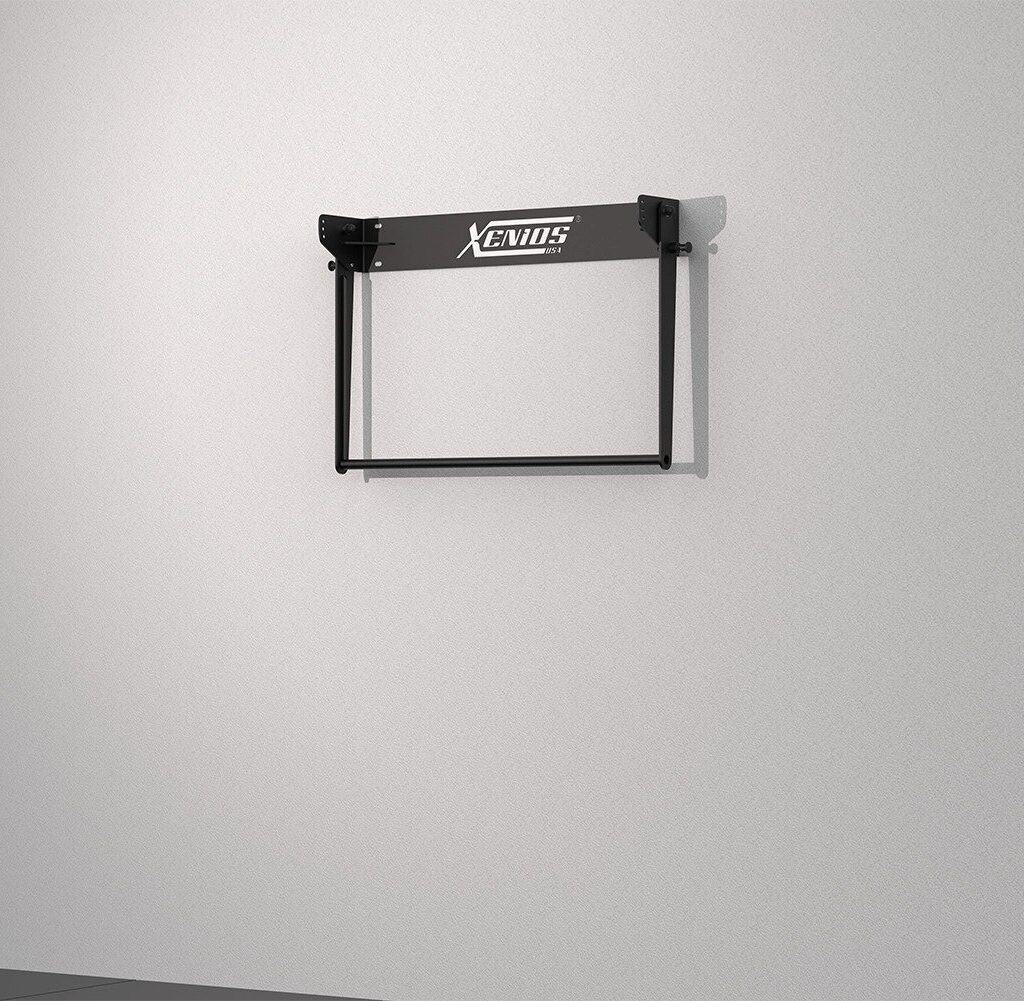
Having a fairly solid wall and being able to invest a slightly larger sum, a wall-mounted pull up bar is definitely the best choice. Stable and safe, it is certainly the one that guarantees the greatest versatility, practicality and safety. There are different sizes, with smaller or larger dimensions, some of which can also be fixed to the ceiling.
Finally, if you don’t have space problems, a good solution can also be a squat stand with integrated pull up, so as to optimize space and possibilities of movement and lay the essential foundations for a home gym.
Bibliography
- Project invictus. Bar pull-ups: everything you need to know https://www.projectinvictus.it/trazioni-alla-sbarra/
- Sánchez Moreno, M., Pareja Blanco, F., González Badillo, J.J. y Díaz Cueli, D. (2015). Determinant factors of pull up performance in trainedathletes. The journal of sports medicine and physical fitness, 56 (7-8), 1-23
- Leslie, K. L., & Comfort, P. (2013). The effect of grip width and hand orientation on muscle activity during pull-ups and the lat pull-down.Strength & Conditioning Journal, 35(1), 75-78
- Ronai, Peter MS, RCEP, CSCS*D, NSCA-CPT*D; Scibek, Eric MS, ATC, CSCS The Pull-up, Strength and Conditioning Journal: June 2014 – Volume 36 – Issue 3 – p 88-90
- Prinold JA, Bull AM. Scapula kinematics of pull-up techniques: Avoiding impingement risk with training changes. J Sci Med Sport. 2016; 19(8):629-35.

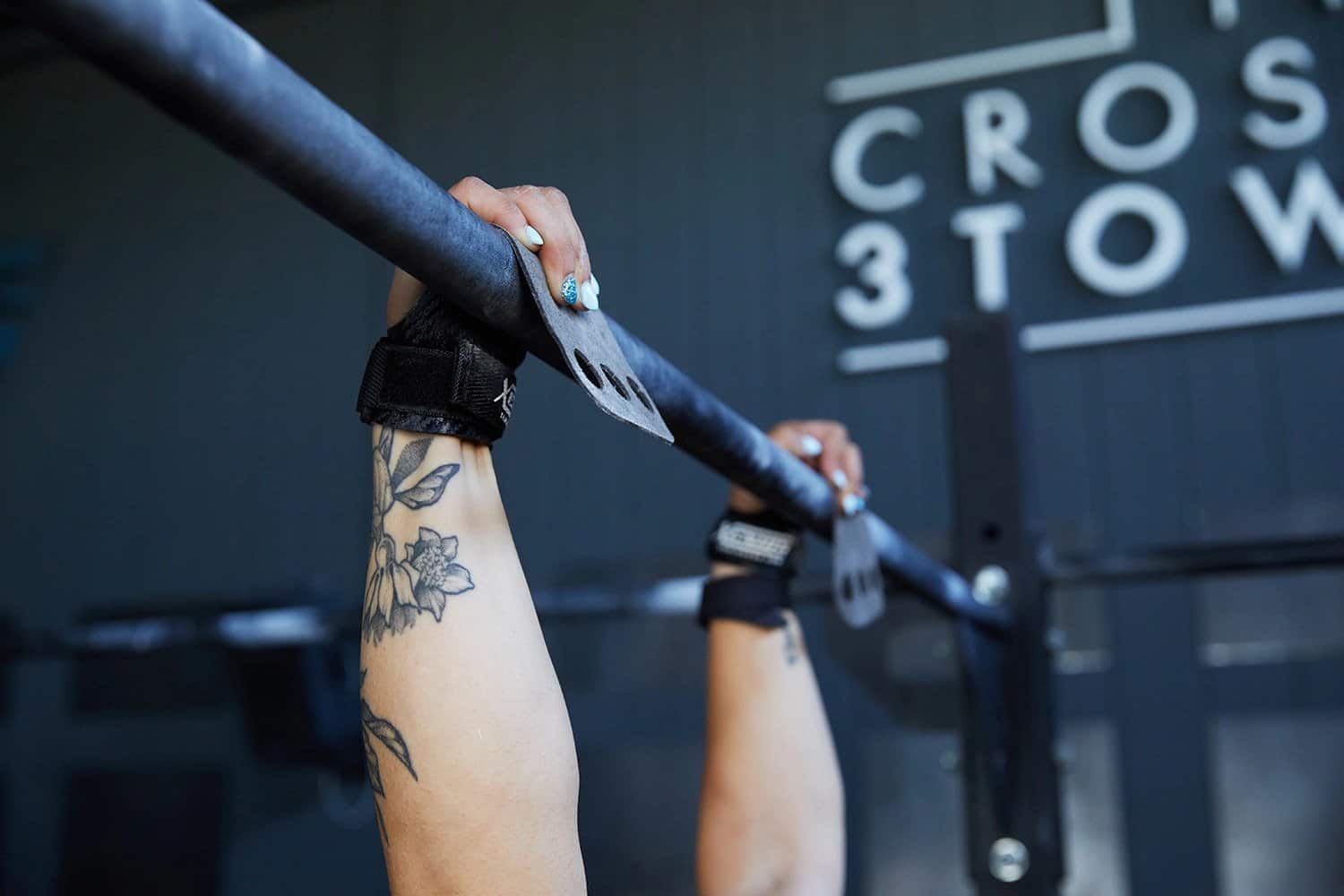

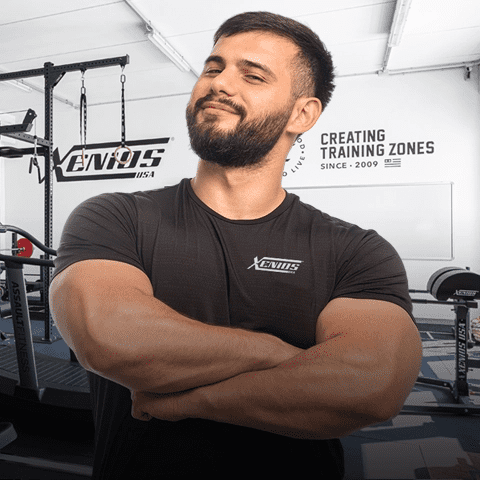
 Since 2009, we’ve been by your side, helping you create the perfect training spaces for Cross Training Boxes, Personal Trainer Studios, and professional Home Gyms.
Since 2009, we’ve been by your side, helping you create the perfect training spaces for Cross Training Boxes, Personal Trainer Studios, and professional Home Gyms.

